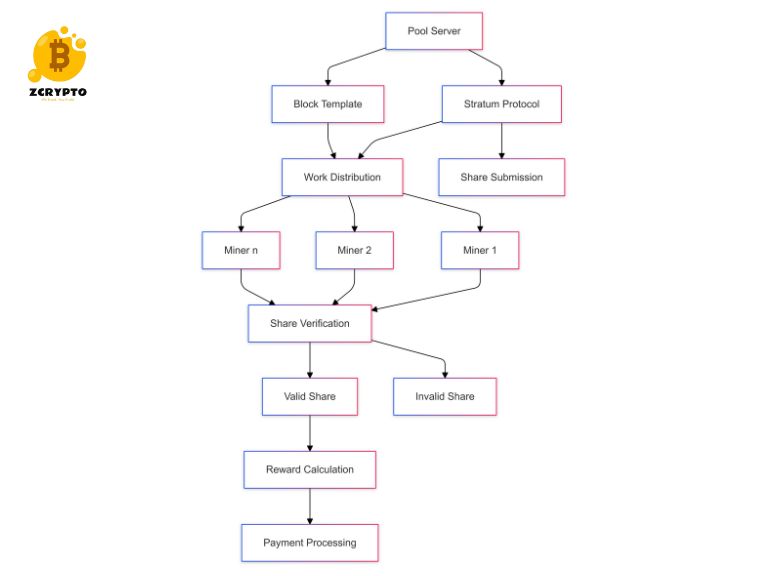What is Cash Flow from Investing Activities?
Cash flow from investing activities is a section of the cash flow statement that details the inflows and outflows of cash resulting from investment-related transactions. Here are some key examples:
- How to Calculate and Interpret Book Value of Equity Per Share (BVPS) for Smart Investment Decisions
- How ASICs Revolutionize Business: Cutting Costs and Boosting Efficiency in Integrated Circuit Technology
- How to Monitor and Manage Your Account Balance for Financial Stability
- Understanding 60-Plus Delinquencies: Impact on Credit Scores and Financial Health
- How to Calculate Average Return: A Comprehensive Guide for Investors and Business Analysts
-
Purchases of Property, Plant, and Equipment (PP&E): This includes buying machinery, buildings, or other long-term assets necessary for operations.
You are viewing: Unlocking Cash Flow from Investing Activities: A Guide to Understanding Investment Strategies and Financial Health
-
Investments in Marketable Securities: This involves buying or selling stocks, bonds, or other securities that can be easily converted into cash.
-
Acquisitions and Divestitures: These are transactions involving the purchase or sale of other businesses or divisions.
-
Sale of Long-Term Assets: This includes selling off PP&E or other long-term assets.
These transactions are crucial because they indicate how a company is allocating its resources for future growth and sustainability.
Components of Investing Activities
To fully grasp the concept of cash flow from investing activities, it’s essential to break down its components:
Capital Expenditures (CapEx)
CapEx involves spending on long-term assets such as PP&E. These expenditures are typically cash outflows but are crucial for maintaining and expanding business operations.
Investments in Marketable Securities
Investing in stocks, bonds, and other marketable securities can generate both cash inflows and outflows. For instance, purchasing securities is a cash outflow, while selling them can result in a cash inflow.
Acquisitions and Divestitures
See more : What is Metaverse? Current State and Technical Infrastructure
Acquiring another business or division usually involves significant cash outflows. Conversely, divesting assets can lead to substantial cash inflows.
Sale of Long-Term Assets
Selling off long-term assets like PP&E can also generate cash inflows.
Understanding these components helps in analyzing the overall investment strategy of a company.
Types of Transactions in Investing Activities
Let’s dive deeper into each type of transaction:
Purchases of Long-Term Assets
Buying PP&E is a common example of an investing activity. These purchases are usually significant cash outflows but offer long-term benefits such as increased production capacity or improved efficiency. For instance, if a manufacturing company buys new machinery, it may incur a large upfront cost but expects higher productivity and lower maintenance costs over time.
Investments in Marketable Securities
Investing in stocks or bonds can be both strategic and tactical. Companies may invest in securities to diversify their portfolios or generate passive income. The impact on cash flow depends on whether the company is buying (cash outflow) or selling (cash inflow) these securities.
Acquisitions and Divestitures
Acquiring another business can be a major investment decision that significantly affects cash flow. For example, when Amazon acquired Whole Foods Market, it involved a substantial cash outflow but opened up new market opportunities for Amazon. On the other hand, divesting assets can provide much-needed liquidity; for instance, when a company sells off a non-core business division.
Impact on Cash Flow
The impact of these transactions on cash flow is multifaceted:
Positive and Negative Cash Flows
Positive cash flows from investing activities often indicate divestitures or sales of assets, which bring in cash. Negative cash flows suggest heavy investment in long-term assets like PP&E or acquisitions.
Short-Term vs. Long-Term Effects
While negative cash flows might strain short-term liquidity, they often reflect long-term growth strategies. Companies may invest heavily today with the expectation of higher returns in the future.
Interpreting Cash Flow from Investing Activities
See more : What is Multisig? A Technical Analysis of Multi-Signature Security
To interpret the cash flow from investing activities effectively:
Analyzing Investment Strategies
Regular analysis of this section provides insights into a company’s investment strategies and financial standing. It helps stakeholders understand whether the company is focusing on growth through acquisitions or asset expansion.
Financial Health Indicators
Key indicators include comparing capital expenditures with depreciation expenses and assessing overall asset base management. A well-managed asset base indicates healthy financial practices.
Case Studies and Examples
Let’s look at some real-world examples:
Amazon’s Investing Activities
Amazon’s financial statements show significant investments in PP&E due to its expansion into new markets and technologies. For instance, its investment in cloud infrastructure (AWS) has been a major driver of both positive and negative cash flows over the years.
By analyzing Amazon’s cash flow statements, investors can see how these investments have contributed to its long-term growth strategy.
Additional Resources
For further reading on financial modeling or detailed guides on cash flow statements:
These resources will help you deepen your understanding of financial statements and investment strategies.
Source: https://summacumlaude.site
Category: Blog







